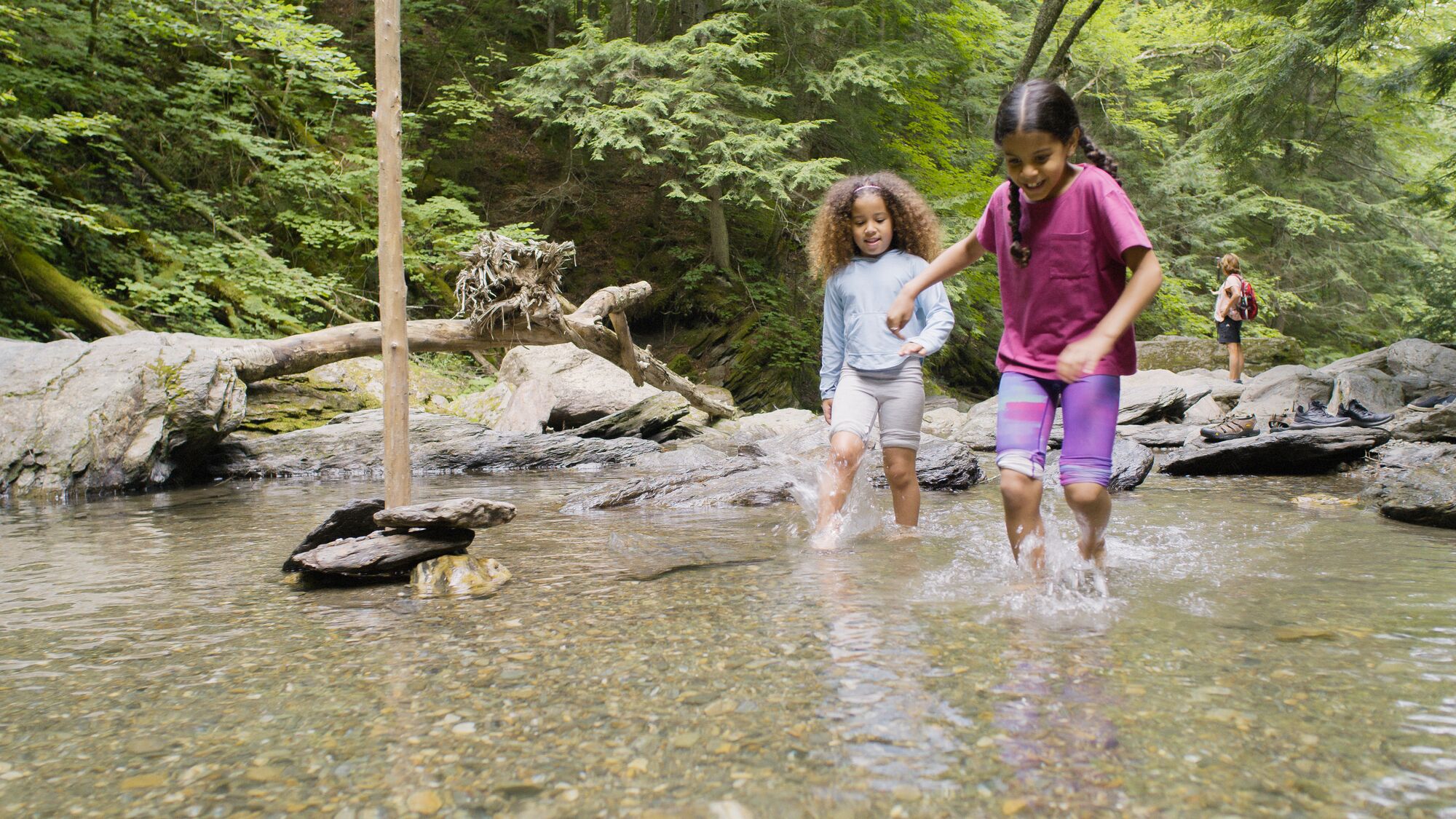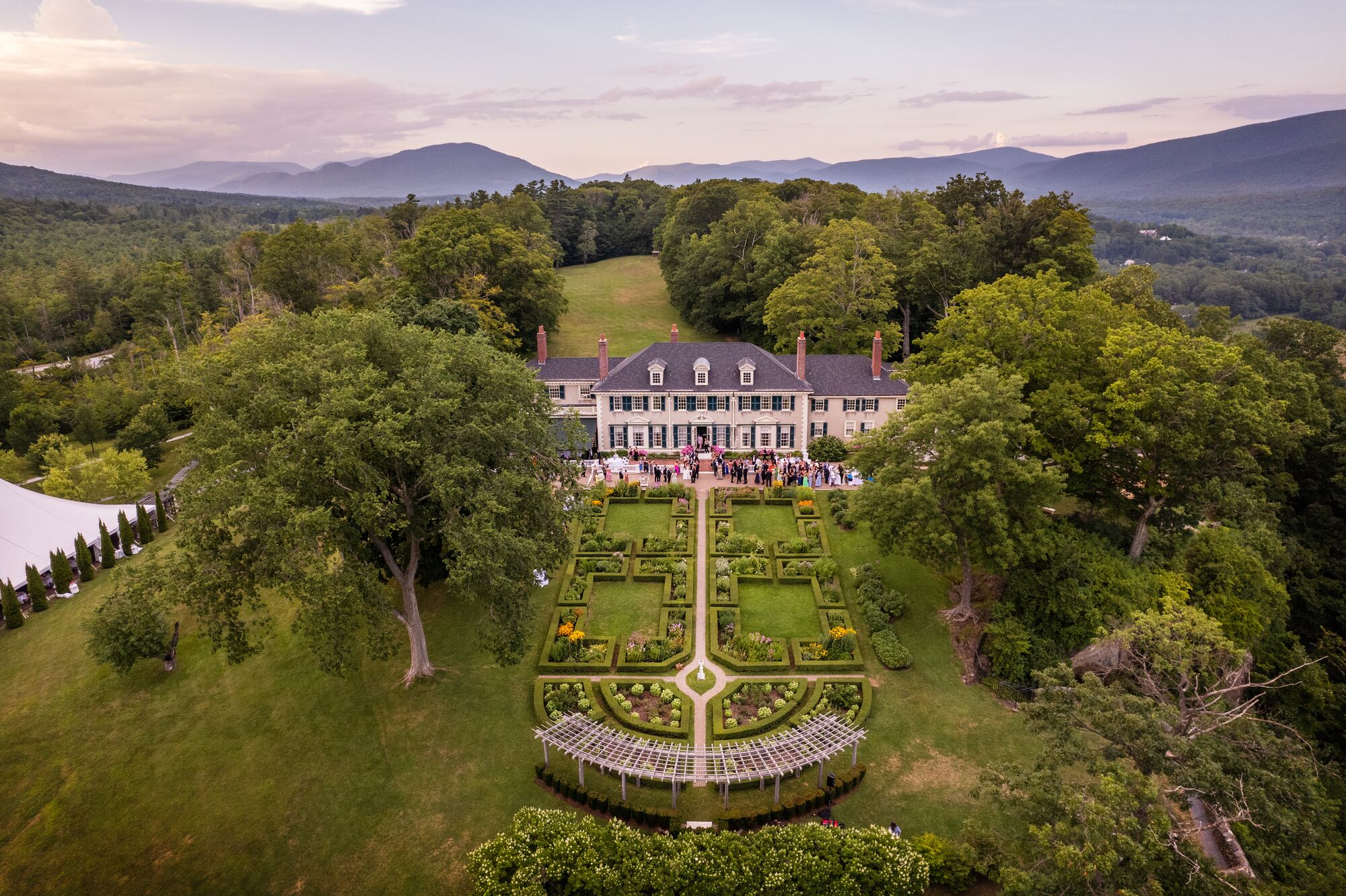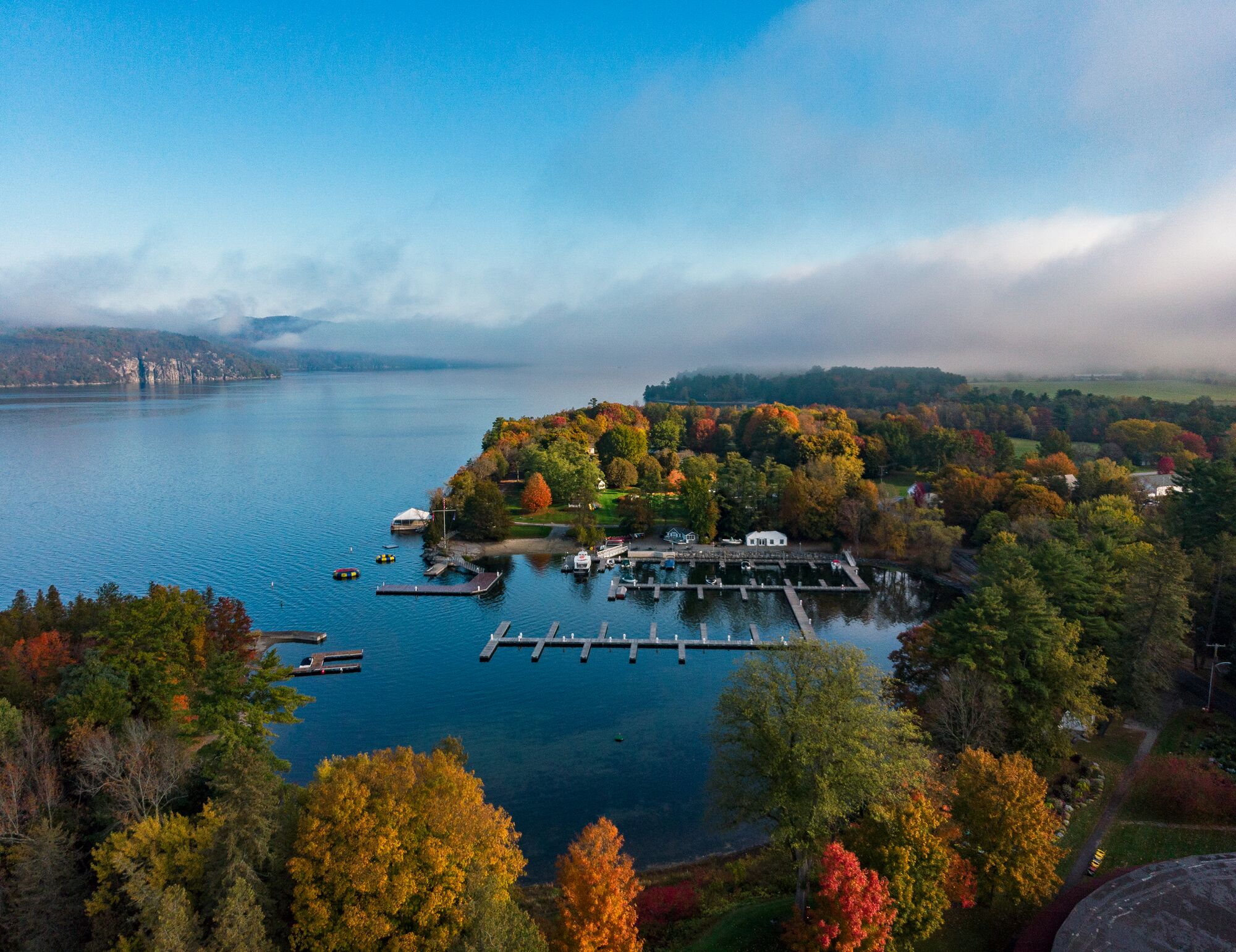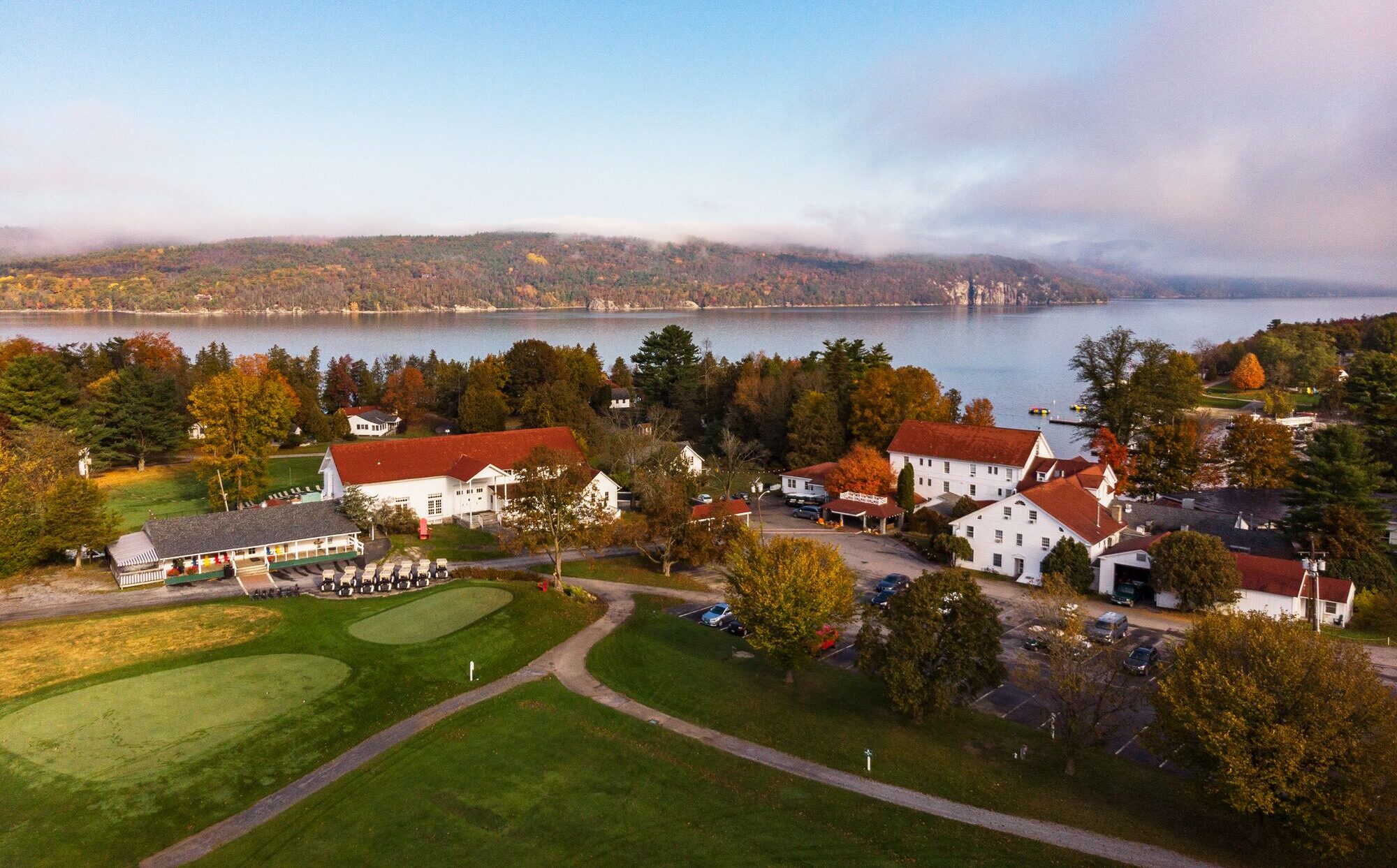Northwest Vermont
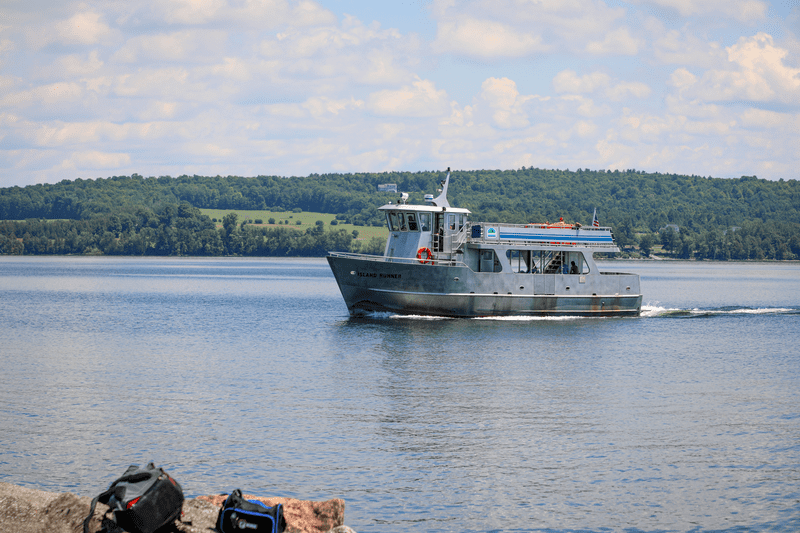
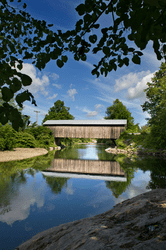
Northwest Vermont
Rolling hills and dairy farms define much of Vermont’s northwest corner, a sparsely settled land of open vistas that hugs the Canadian border. Spreading west toward Lake Champlain, it reaches from the Green Mountain foothills to the streets of a vibrant small city, St. Albans. On one side of Northwest Vermont, you’ll find a treasure trove of historic covered bridges; on the other side are pristine waters and wetlands where herons hunt and sturgeon spawn. Winding through pastures and villages in between is the Missisquoi River, which ends at Lake Champlain in a lovely bay belonging to both Vermont and Quebec.
The most covered bridges of any place in Vermont are clustered in and around Montgomery, a village nestled in the shadow of the Northeast Kingdom’s Jay Peak. Dating back as early as 1863, six of the classic structures can be found within Montgomery’s borders; a seventh belongs to its next-door neighbor, Enosburgh. A number of these bridges cross the Trout River, which together with a portion of the Missisquoi is Vermont’s first nationally designated Wild and Scenic River.
Northwest Vermont features several special natural environments. Just north of Enosburg Falls, Lake Carmi State Park offers camping, fishing, a swimming beach, and a vast peat bog lush with tamarack, black spruce, and rare bog plants. Trails and an elevated, wheelchair-friendly boardwalk provide views of a quiet and timeless terrain.
For birders, the region’s crown jewel is the Missisquoi National Wildlife Refuge, nearly 7,000 acres of mainly wetland habitat in the area where the Missisquoi empties into Lake Champlain. The refuge teems with waterfowl, including mallards, green-winged teals, great blue herons, and colorful wood ducks. Five trails run through the refuge, and boaters appreciate the handy pair of launching spots along the broad, lazy river.
South of the refuge, at the tip of a peninsula jutting into Lake Champlain, sits a little gem of a state park: Kill Kare. There are picnic spots, a small beach, and daily summer boat connections to Burton Island, another small but especially lovely state park. Completely surrounded by the waters of Lake Champlain, Burton Island can have a surprisingly lively feel, thanks to the many Quebec boaters who use its marina and enjoy the Burton Island Bistro, with its solid wine and beer selection and homemade omelets.
The informal capital of Northwest Vermont is St. Albans, known as “the Rail City” for its days as a passenger and freight hub. Trains are still an important part of life here: St. Albans is the northernmost stop for Amtrak’s Vermonter, as well as the headquarters of a regional line, the New England Central Railroad. Nineteenth-century prosperity gave rise to a handsome and compact city center, gathered around one of Vermont’s grandest public spaces, Taylor Park, and its fancy Victorian fountain. Every maple season, as sap lines around Northwest Vermont fill with the makings of the state’s “liquid gold,” the park is the center of a gala Maple Festival.
St. Albans stands at one end of a rail route that doesn’t involve trains at all. The Missisquoi Valley Rail Trail follows a former roadbed for more than 26 miles from here to Richford, offering cyclists and hikers a scenic pathway that roughly follows the river. Halfway along the trail is the village of Enosburg Falls, which holds the annual Vermont Dairy Festival each June, a celebration of dairying’s importance to the region. Enosburg Falls also has its own opera house, dating to 1892 and still a venue for live performances. Like Montgomery’s covered bridges, it was built to last.
Top Picks by Season from Yankee Magazine
Things To Do In Northwest Vermont
Summer
Cold Hollow Sculpture Park
Enosburgh Falls
Vermont Dairy Festival
Enosburgh Falls
St. Albans Museum
St. Albans
Knobby Hill Farm
Fairfax
Burton Island State Park
Burton Island
Fall
Hudak Farm
Swanton
Opera House
Enosburg Falls
Missisquoi National Wildlife Refuge
Swanton
Foliage hike on Burnt Mountain
Montgomery
Shopping at Rail City Market, The Eloquent Page, and Artist in Residence.
St. Albans
Winter
Hard’ack Recreation Area
St. Albans
Winter Camping
Lake Carmi
Vermont Salt Cave Spa
Montgomery
Boston Post Dairy
Enosburg Falls
14th Star Brewing
St. Albans
Spring
VT Maple Fest
St. Albans
Covered Bridges
Montgomery
Missisquoi Valley Rail Trail
St. Albans
Boucher Family Farm
Highgate
The Drake Bar & Kitchen
St. Albans
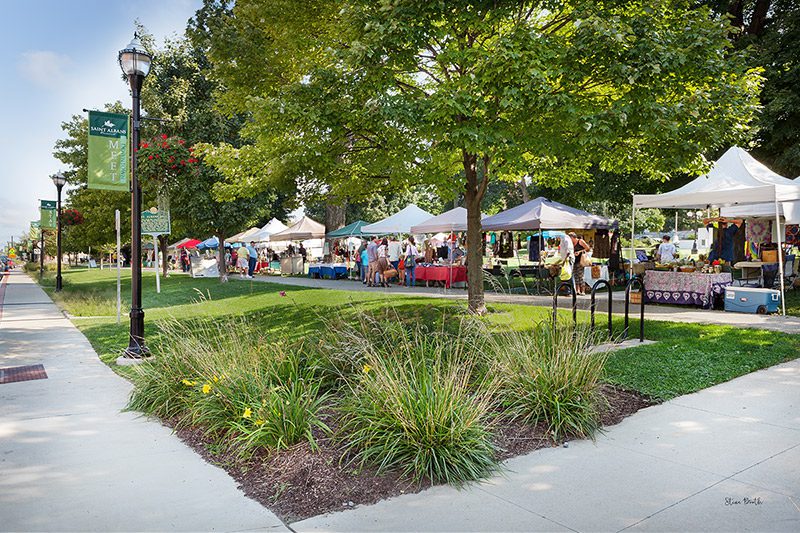
Itineraries
72 Hours in St. Albans
Located at the northeastern end of Lake Champlain, St. Albans offers visitors a little bit of everything. Use this itinerary to inspire your St. Albans getaway.
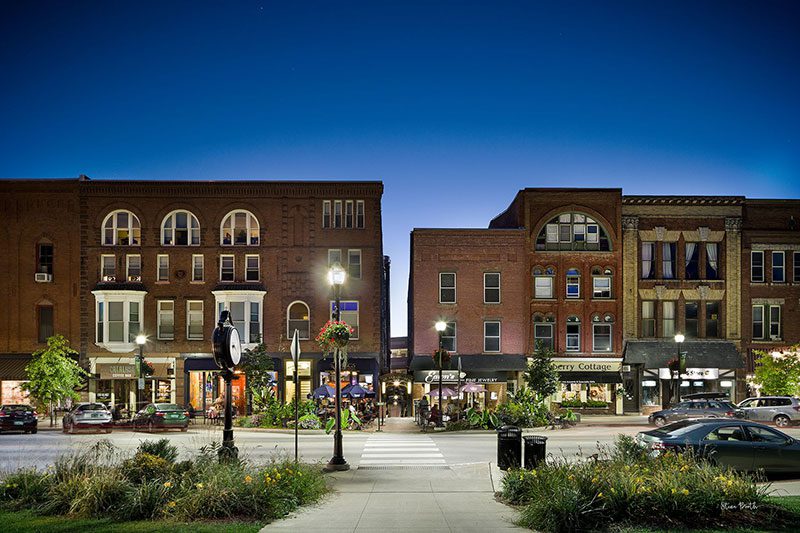
HISTORIC DOWNTOWN IN THIS REGION
St. Albans
St. Albans is a recreational and agricultural hub. Discover miles of accessible rail trail, public parks, a community ski area, and more alongside local shopping, dining, and a farmers market.
